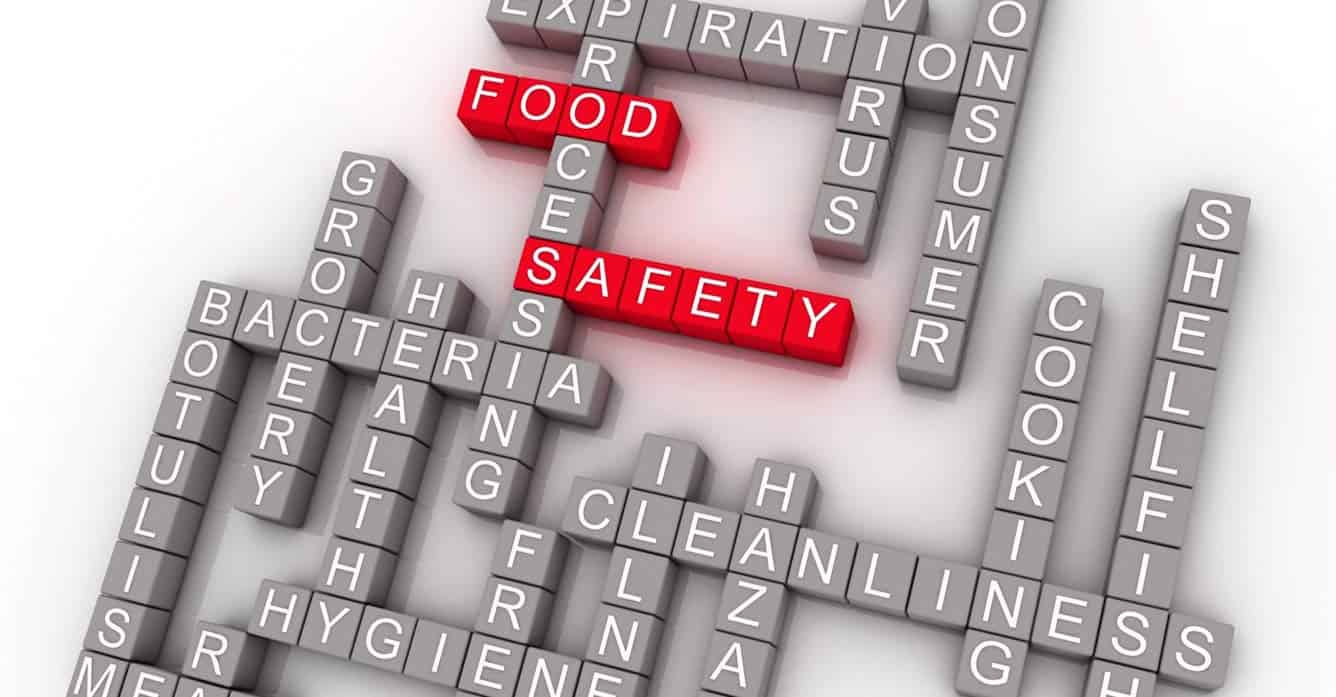2 minute read
Food for Thought: Can Your Food Safety Solution Do This?

Grocery retailers know the importance of managing the risks associated with foodborne illness in their fresh and prepared foods. As technology has evolved, increasing numbers of companies are adopting processes more advanced than the obsolete combination of probe, paper and pen. But not all “solutions” are created equal—some may address an immediate need or two, but few provide the long-term flexibility required to allow retailers to continuously drive risk out of their fresh and prepared foods business.
Many features are now commonplace in the industry—mobile device integration, scheduled temperature check tasks, automatic follow-ups and alerts, and central data storage. But comprehensive food safety solutions must do much more. Today we’ll look at a few features that such solutions should include, like supporting flexible equipment lists; distinguishing cooking, cooling and holding temperatures; and facilitating product-based temperature checks.
Beyond the basics
One of the most common applications of food safety solutions is the management of product temperatures in cold and hot holding cases. At first glance, the solution seems simple: Give the department specialist a list of cases and have her probe a product in each one. But questions immediately arise:
- Can different stores have different lists of cases?
- Who knows which stores have which pieces of equipment?
- What if a case is temporarily out of service or not in use due to seasonality?
Often, it’s up to the department user to wade through a generic equipment list, identifying the relevant cases and ignoring the others. However, more sophisticated food safety solutions will show only the equipment relevant to each store on each day, basing each store’s list on an effective-dated mapping between equipment and stores.
Such mappings are often managed centrally, perhaps via integration with a facilities database. When supplemented by store-level adjustments, temperature check tasks become even more efficient. If a trusted manager indicates that a case will not be in use until the upcoming holiday weekend, then there’s no need to show the case in the list until the date it returns to service.
The next level
Beyond this common application of managing product holding temperatures, however, is the larger world of tracking the cooking and cooling temperatures of prepared foods. Not only must each cooked product reach a minimum temperature threshold, but those meant to be sold cold must be chilled quickly enough to prevent the growth of organisms that cause foodborne illness. Food safety solutions must support these workflows and ensure that appropriate warnings and follow-up actions are delivered when conditions warrant.
A common characteristic of cook temperature thresholds is that they vary by product—cooking seafood to the same peak temperature as chicken will result in a lower-quality product for customers with no additional safety benefit. Food safety solutions should therefore be able to map products to temperature thresholds, whether manually or via integration with the retailer’s existing item-to-UPC mapping.
The latter case is particularly powerful when combined with modern mobile devices equipped with barcode scanners or cameras. Scanning a product barcode would identify the product, the temperature threshold, and automatically prompt the user to capture the product’s temperature. The ability to pair the mobile device with an off-the-shelf wireless temperature probe further facilitates temperature management by providing an integrated experience without being chained to a single hardware supplier.
These three areas—equipment management, support for cooking and cooling temperatures, and product-based temperature thresholds—are just some of the potential use cases to consider when evaluating food safety solutions. As technology continues to advance and robust food safety programs are implemented in more grocery retailers, the appeal of solutions equipped to handle these diverse requirements will continue to grow. The best solutions will have the flexibility and commitment to innovation to not only support today’s needs, but tomorrow’s as well.



